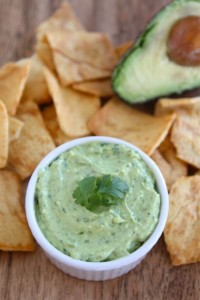Disclaimer: If you are….
- A person that doesn’t like to work hard.
- A person who whines.
- A person, when asked to do something physical, the first words out of your mouth are, “I can’t!”
- A person who can’t handle any type of pain or soreness.
- A person who is not good with change even when it’s for the better.
- A person who is not looking to improve the length and quality of your life.
Then please don’t read this article, you might get hurt.
If however you are one of the many who want a better quality of life but don’t know where to begin, then read on, this is for you.
Maintaining or building muscle mass after the age of 50 is so very important! The challenge with this is after the age of 40 muscle mass begins to decline at roughly 1% a year, sometimes sooner depending on you physical activity level. After 50, the speed of this decline picks up so by the time you reach your mid 70’s you will have lost 50% or more of your muscle mass. So if you want to be that old guy or gal who has everyone taking care of you because you were too lazy to take care of yourself, stay on the couch. If however you want to make changes, here’s what you need to know.
Severe muscle loss, called sarcopenia, is gaining more attention as a disease that could be akin to bone-thinning osteoporosis. These two diseases lead to immobility, falls, and perhaps earlier death. As well as an estimated $20 billion dollars a year in health care cost. So who still needs more reasons to workout? Exercise is job #1 in gaining and maintaining muscle mass! If you are retired it’s time to go back to work and if not this will be your second job.
The best approach is a two pronged exercise routine. The first is resistance training to build and strengthen your muscles. Pair that with some aerobic work to increase blood flow to the capillaries bringing more oxygen to the muscles and building endurance.
Next is your nutrition and it is just as important as your workout. After the work out you can’t go drink beer and eat wings. A lean protein and low carb diet is the best way to go. High quality protein is your best weapon to slow muscle deterioration and the low carbs helps you to continue to see your feet. How much lean protein do you need? The perfect amount of high quality protein daily to maintain long term muscle mass has not been established. Here is a rough estimate for my daily requirements:
180 lbs. (my body weight ) divided by 2 = 90 -10 = 80.
So for me 80 grams of high quality protein spread out over the course of the days meals. Ideally, the majority of your protein should come from nutrition sources that are organic, non GMO vegetables, legumes, grass fed meats, organic free range chicken and eggs, and some fruits.To fill in the gaps for those not eating enough of the right foods some nutritional supplements are the way to go to help your over all health. The list below are some supplements that have shown promise in preserving and supporting muscle mass.
- Omega-3 fatty acids
- Vitamin D
- L carnation
- Glutamine
- B12/folic acid
So here’s the bottom line, the four steps that can help you maintain a long, strong healthy life are:
- Strength training
- Aerobic exercise
- Smart dietary choice
- Strategic supplements
I am a 58 year old male. I smoked for 33 years. I drank beer and ate crappy food. At 5’9”, I weighed in at a sloppy 200 pounds. Now after one year at Total Body Boot Camp, I am a lean, muscular 180 pounds and men in their 20’s and 30’s have trouble keeping up when they work out with me. It’s hard work but but its so worth it! I am looking forward to a long healthy life where I can keep up with my 2 year old granddaughter Harper for many years to come!
Article Written By
Bill Powers, TBBC Transformation Coach
Click Here to learn more about Bill





